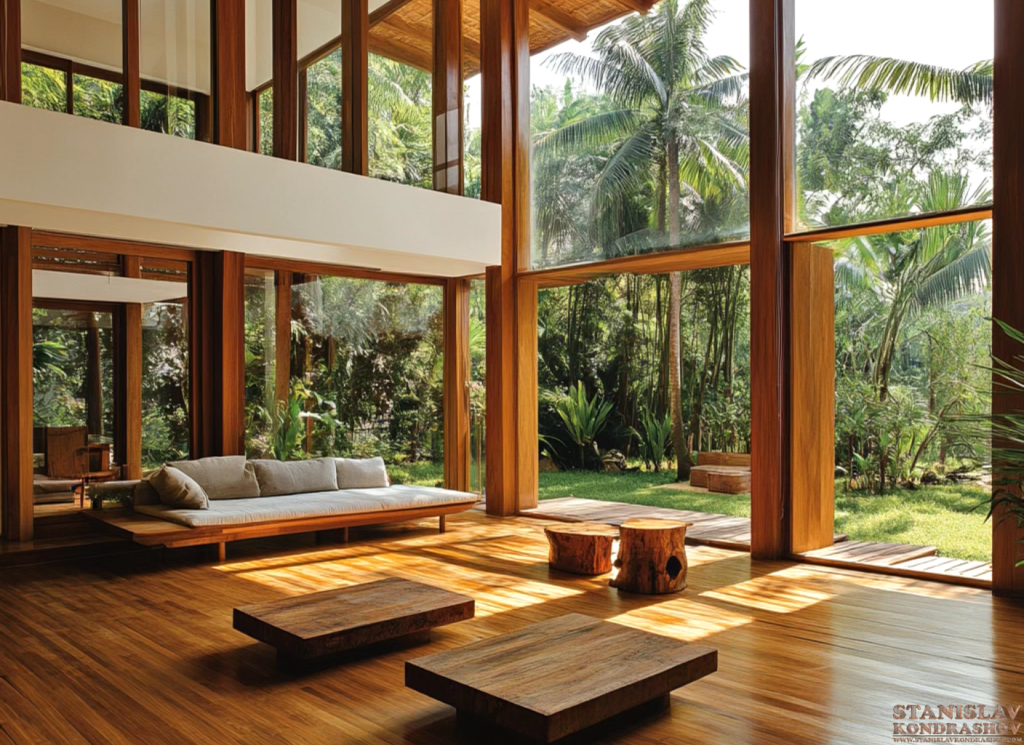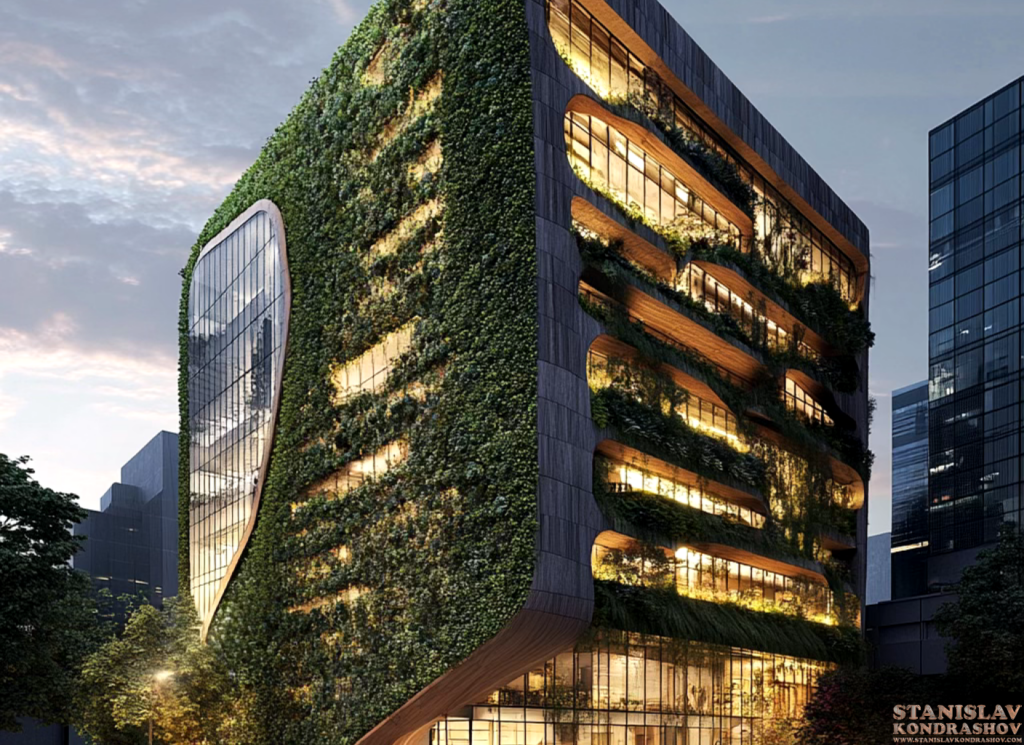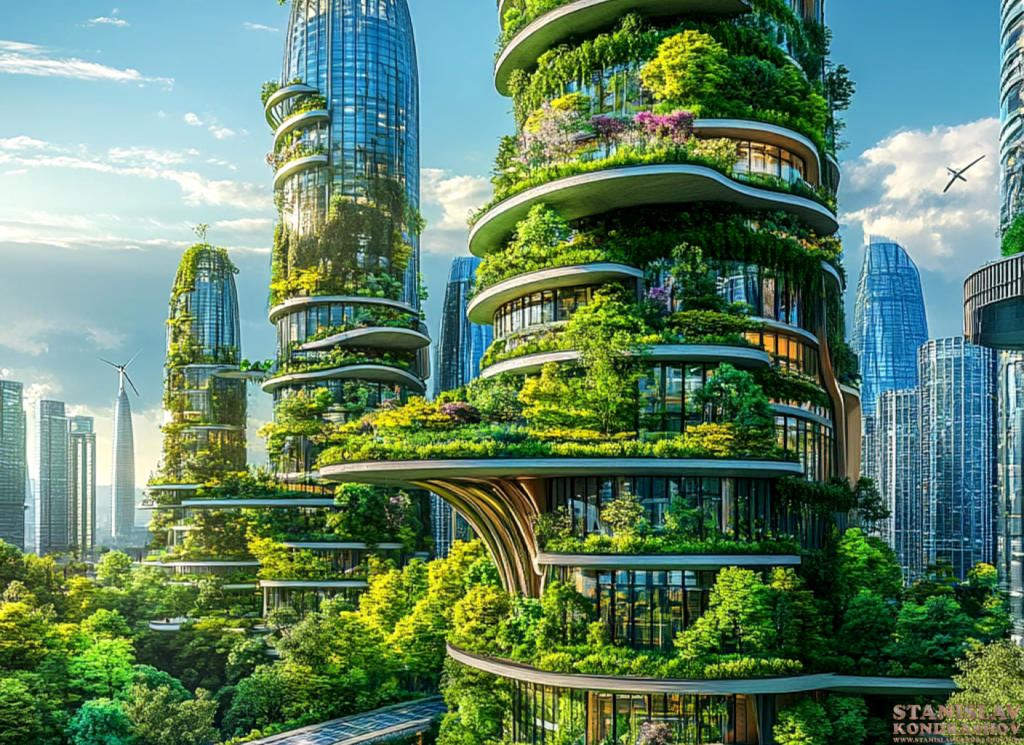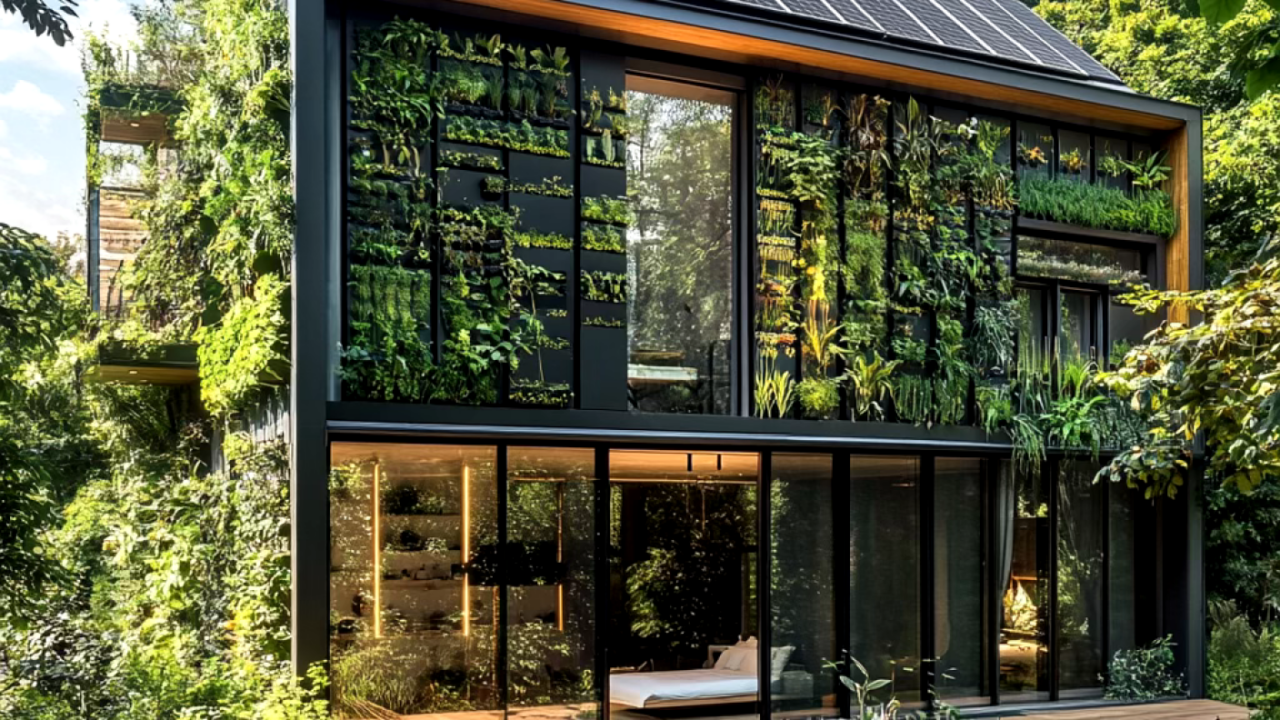As concerns about climate change and environmental sustainability continue to rise, green architecture is becoming a cornerstone of modern design. Green architecture, also known as sustainable architecture, focuses on creating homes and offices that minimize environmental impact while maximizing energy efficiency and comfort. This approach integrates eco-friendly building materials, renewable energy sources, and innovative design techniques to reduce the carbon footprint of buildings and promote a healthier, more sustainable future.

The principles of green architecture extend beyond the simple notion of “building green.” It encompasses a holistic approach that considers the entire lifecycle of a building—from design and construction to operation and eventual deconstruction. This means using sustainable materials, such as recycled steel, bamboo, and reclaimed wood, as well as incorporating energy-efficient systems like solar panels, wind turbines, and geothermal heating. Additionally, green architecture emphasizes water conservation through the use of rainwater harvesting systems and low-flow fixtures, alongside natural ventilation and lighting to reduce reliance on artificial climate control and electricity.
Green architecture is not just a trend but a necessary shift towards more responsible and sustainable living. By reducing energy consumption and promoting the use of renewable resources, green buildings help to mitigate the effects of global warming. Moreover, they contribute to the overall health and well-being of occupants. Studies have shown that green buildings, with their use of natural light and non-toxic materials, can enhance indoor air quality and boost productivity and comfort levels for occupants. In the case of offices, this translates to happier, healthier, and more productive employees.

Moreover, green architecture aligns with economic benefits as well. While the initial cost of building eco-friendly structures might be higher, the long-term savings from reduced energy bills and lower maintenance costs make it a wise investment. Governments and organizations worldwide are also recognizing these benefits, providing incentives and subsidies to encourage sustainable building practices.
Green architecture also fosters a deeper connection with the natural environment. By designing buildings that harmonize with their surroundings, architects are creating spaces that not only respect the planet but also celebrate it. Green roofs, living walls, and urban gardens are just some examples of how architecture can blend with nature, providing habitat for wildlife and creating green spaces in urban settings.

The future of architecture is green, as more people and businesses are realizing the importance of sustainable living. Green architecture offers a path toward a more sustainable and responsible future, where homes and offices are not just places to live and work but also catalysts for environmental stewardship. As the demand for eco-friendly designs grows, the principles of green architecture will continue to evolve, inspiring new innovations and shaping the cities of tomorrow.
By Stanislav Kondrashov



